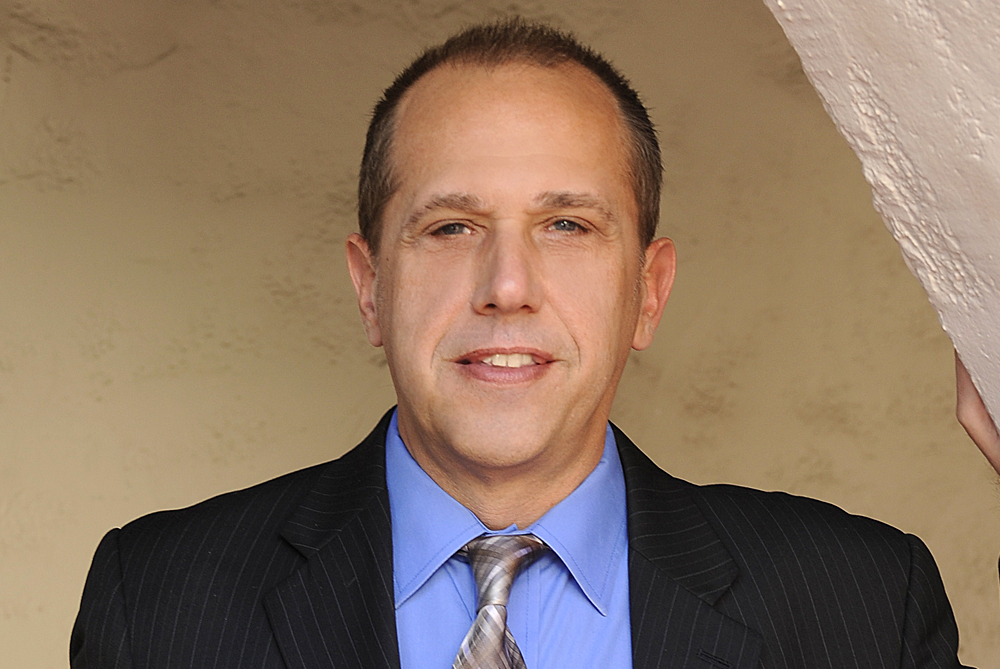Workplace harassment is a serious issue that can affect anyone. In California, employees are protected by strong laws that ensure they have a safe environment to work in. If you have been harassed at work, you may be considering filing a lawsuit. However, it is important to understand that there are specific time limits for filing workplace harassment lawsuits. Knowing these deadlines can make the difference between getting justice or missing out on your legal rights. The Myers Law Group, APC provides dedicated legal support to employees facing workplace harassment, helping them navigate their rights and pursue justice.
Understanding Workplace Harassment in California
Workplace harassment happens when someone at work treats you unfairly or in a harmful way because of certain characteristics. These characteristics may include your race, gender, age, religion, sexual orientation, or disability. Harassment can include unwanted touching, inappropriate comments, or actions that make your workplace feel hostile. If these behaviors interfere with your work or create a harmful work environment, you may have the right to file a lawsuit.
The laws in California offer protection for workers against many types of harassment. The state follows the Fair Employment and Housing Act, also called FEHA, which is one of the strongest protections for employees in the country. FEHA covers public and private employers, labor organizations, and employment agencies. This law ensures that people who experience workplace harassment have legal options.
The Time Limit to File a Workplace Harassment Lawsuit
If you want to file a workplace harassment lawsuit, you must be aware of the time limit to do so. In California, this time limit is known as the statute of limitations. The statute of limitations is the legal deadline for filing a claim. If you do not file your lawsuit within this time frame, you may lose the chance to take legal action.
Under California’s laws, the statute of limitations for workplace harassment claims is generally one year. This means that you have one year from the date of the last act of harassment to file a claim with the Department of Fair Employment and Housing (DFEH). Filing with the DFEH is a necessary step before you can bring a lawsuit to court. The DFEH will investigate your claim, and if they cannot resolve it, they will give you a “right to sue” letter. You must file your lawsuit in court within one year after receiving this letter.
Exceptions to the Statute of Limitations
While the general time limit for filing a workplace harassment lawsuit is one year, there are some situations where this deadline might be extended. For example, if the harassment occurred over a period of time, you may have more time to file your claim. This is known as the “continuing violation” doctrine. If the harassment was part of a long-lasting pattern and continued into the last year, you may still be able to file your claim.
Another possible extension occurs if the person experiencing harassment was not aware that they had a legal claim. In some cases, a person might not realize that the behavior they experienced was illegal harassment until later. In these situations, the statute of limitations may start from the time the person becomes aware of their legal rights, rather than from the date of the last incident.
There are also cases where a person may be mentally or physically unable to file a claim within the one-year period. In these instances, the statute of limitations may be extended until the person is able to bring their claim.
Filing a Claim with the Department of Fair Employment and Housing
Before you can file a lawsuit for workplace harassment, you must first file a claim with the Department of Fair Employment and Housing. The DFEH is responsible for investigating claims of harassment, discrimination, and other violations of the Fair Employment and Housing Act. This step is necessary because it gives the state agency the chance to resolve your claim without going to court.
When you file a claim with the DFEH, they will investigate the details of your complaint. The investigation may involve gathering information from your employer, reviewing workplace policies, and interviewing witnesses. If the DFEH finds that harassment occurred, they may attempt to settle the dispute. If a settlement cannot be reached, they will issue a “right to sue” letter. This letter allows you to file your lawsuit in court.
You have one year from the date of receiving your “right to sue” letter to file your workplace harassment lawsuit. If you do not file within this time frame, you may lose the right to pursue your claim in court.
Importance of Acting Quickly
If you believe that you have been the victim of workplace harassment, it is important to act quickly. Even though the statute of limitations for filing a claim is one year, gathering evidence and preparing your case takes time. Waiting too long to act can also make it more difficult to prove your claim. Witnesses may forget important details, and documents that could support your case may become harder to find.
Additionally, acting quickly shows that you are serious about addressing the harassment you experienced. Employers may take your claim more seriously if they see that you are not hesitating to stand up for your rights.
It is also helpful to speak with an attorney as soon as possible. A lawyer can help you understand your legal rights, gather evidence, and make sure that all necessary steps are taken within the required time frames.
What Happens After Filing a Lawsuit
Once you have filed your workplace harassment lawsuit, the legal process will begin. This process includes several steps, such as discovery, negotiations, and potentially a trial. During discovery, both you and your employer will exchange information about the case. This may include documents, emails, and witness statements. Your lawyer will help you prepare for this part of the process.
In many cases, workplace harassment lawsuits are settled before going to trial. Settlements occur when both sides reach an agreement on compensation or other terms. If a settlement cannot be reached, the case may go to trial, where a judge or jury will decide the outcome.
Damages in Workplace Harassment Lawsuits
If you win your workplace harassment lawsuit, you may be entitled to damages. Damages are payments that are meant to compensate you for the harm you suffered. These damages can include compensation for emotional distress, lost wages, and medical expenses if your mental or physical health was affected by the harassment.
In some cases, courts may also award punitive damages. Punitive damages are meant to punish the employer for allowing harassment to occur and to prevent future misconduct. However, these damages are less common and are usually only awarded in cases where the employer’s actions were especially harmful.
Related Videos
Choosing an Employment Law Attorney
Recovering Damages in an Employment Law Claim
Legal Representation in Workplace Harassment Cases
Navigating a workplace harassment lawsuit can be complicated, and having legal representation can make a big difference. A lawyer who understands the laws surrounding workplace harassment can guide you through each step of the process. They can help gather evidence, file paperwork, and represent you in court if necessary.
Your lawyer can also help you understand what to expect from the legal process. This can include explaining how long the case might take, what kinds of evidence will be important, and whether a settlement might be possible. Having someone on your side who is familiar with these cases can make the process less stressful and increase your chances of a successful outcome.
If you have experienced harassment in the workplace, it is important to take action quickly. Understanding how long you have to file a lawsuit is just one part of the process. The Myers Law Group, APC is here to help you navigate the legal system and protect your rights. Our team is ready to listen to your story, answer your questions, and help you take the next steps toward justice. Contact us today to learn more about how we can assist you with your workplace harassment case.










